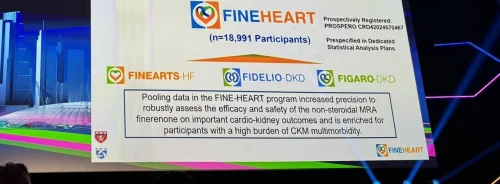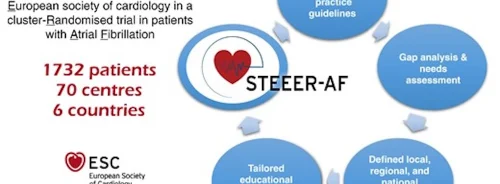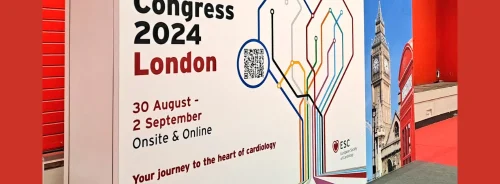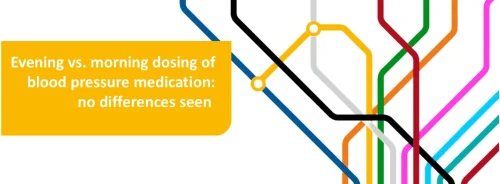In 2022, the global medical community faced an unprecedented challenge when the supply of intravenous iodinated contrast media, specifically iohexol, became severely constrained. This shortage presented a significant obstacle for health systems reliant on computed tomography (CT) scans, many of which depend on contrast media for accurate diagnostic imaging. A large, multisite health system responded by implementing standardised contrast media dosing protocols across its 12 facilities. A recent article in the Journal of the American College of Radiology explores the effects of these interventions on contrast media usage before, during, and after the iohexol shortage, analysing data from a 17-month period. The findings highlight the effectiveness of these measures in conserving contrast supplies while maintaining diagnostic efficacy.
Pre-Intervention Period: Baseline Utilisation
Before the onset of the iohexol shortage, the health system performed 152,009 CT examinations between January 1, 2022, and May 22, 2022. Of these, 87,722 (57.7%) required contrast media, with an average dose of 89.3 mL per examination. This baseline data set the stage for the contrast media conservation efforts that would soon follow. The global supply chain disruption significantly impacted the health system, which conducts over 1 million imaging exams annually. As the shortage loomed, it became clear that immediate action was necessary to ensure that contrast media was available for the most critical cases. The data from this period provided a crucial reference point for assessing the impact of the subsequent intervention.
Intervention Period: Strategic Conservation Amid Crisis
On May 23, 2022, the health system implemented standardised contrast dosing protocols across 12 sites. These protocols were designed to optimise the use of contrast media by tailoring doses to patient weight and other relevant factors, thus minimising waste without compromising diagnostic quality. During the intervention period, which spanned from May 23, 2022, to September 11, 2022, the health system performed 120,031 CT examinations, 63,217 (52.7%) of which involved contrast media. The mean contrast dose per exam dropped significantly to 78.0 mL, a 12.7% reduction from the pre-intervention period.
The reduction in contrast usage during this period was not merely a response to the shortage but also a demonstration of the potential for more efficient resource utilisation. The health system's strategic conservation measures, including using multi-dose vials and customised dosing protocols, considerably reduced overall contrast media consumption. During this initial intervention phase, the system conserved an estimated 750,000 mL of contrast media, underscoring the effectiveness of the standardised dosing approach.
Post-Intervention Period: Sustained Efficiency Beyond the Crisis
Following the intervention period, the health system transitioned into the post-intervention phase, which extended from September 12, 2022, to June 30, 2023. During this time, 341,862 CT examinations were conducted, with 194,231 (56.8%) using contrast media. Despite the resolution of the global iohexol shortage, the mean contrast dose per exam remained lower than the pre-intervention baseline, averaging 80.4 mL. This represented a sustained reduction of 10.0% from the original contrast usage levels, indicating that the standardised dosing protocols had a lasting impact.
Interestingly, the reduction in contrast media usage persisted across most of the health system's sites, with 9 out of 12 facilities maintaining the lower dosing levels achieved during the intervention period. This sustained efficiency preserved valuable contrast supplies and demonstrated the long-term benefits of the standardised dosing strategy. By reducing unwarranted variation in contrast media dosing, the health system was able to achieve more consistent imaging quality and better resource management across its multiple sites.
Conclusion
The global iohexol shortage of 2022 prompted health systems worldwide to reevaluate their use of contrast media in CT imaging. The multisite health system discussed in this article responded by implementing standardised contrast dosing protocols, which significantly reduced contrast media usage during the shortage. Remarkably, these efficiencies were sustained even after the crisis had passed, with the system continuing to use lower contrast doses per examination across most of its sites. This case study highlights the potential for long-lasting improvements in resource utilisation when health systems adopt standardised, data-driven approaches to medical imaging practices. As the healthcare industry continues to face challenges related to supply chain disruptions and resource management, the lessons learned from this experience could serve as a valuable blueprint for future efforts to enhance efficiency and maintain high standards of patient care.
Source: Journal of the American College of Radiology
Image Credit: iStock






